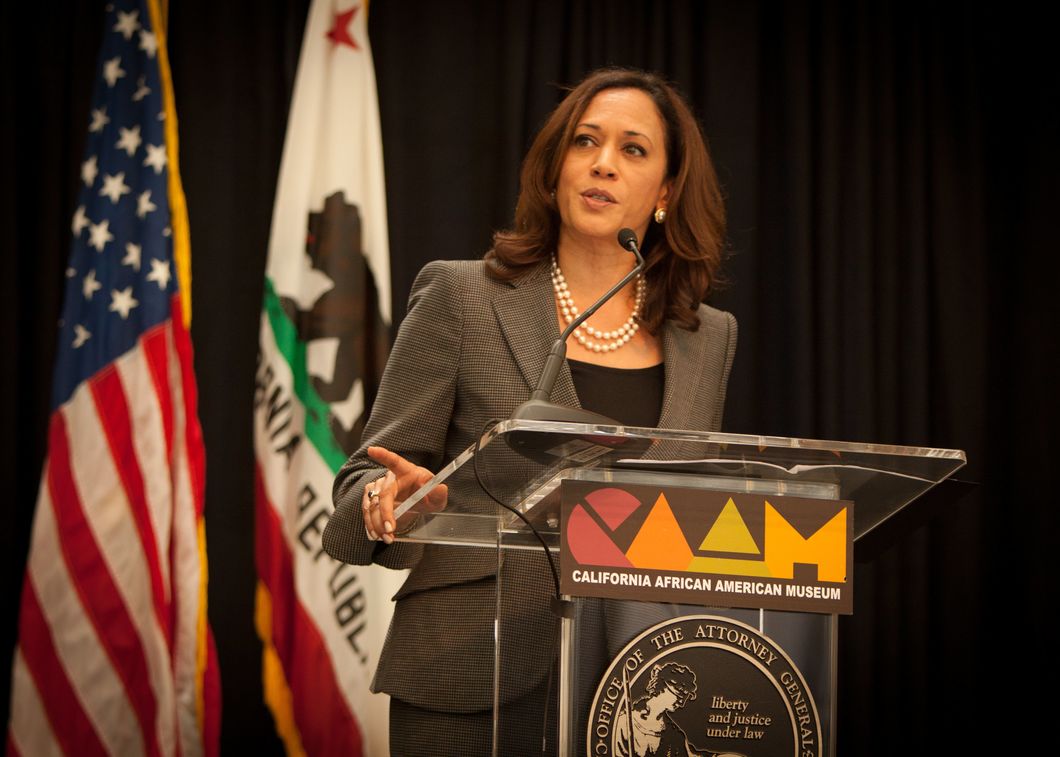Kamala Harris, a newcomer to Washington in 2016, announced her 2020 bid for the White House on Martin Luther King Jr. Day. She comes almost 50 years after the first African-American woman to run for president, Shirley Chisholm. In her campaign logo, it features the same colors that Chisholm had when she ran back in 1972. Harris' campaign slogan is "Kamala Harris For The People." She officially kicked off her campaign with a rally in Oakland on the 27th.
Kamala Harris is widely seen as the candidate who can tie moderate Democrats, those who supported Hillary Clinton in 2016, and progressives, those who supported Bernie Sanders together. In just 24 hours, Harris' campaign raised $1.5 million on just small-dollar donations, averaging below $40. Harris comes from a law enforcement background. She was the District Attorney from San Francisco and the Attorney General of the most populated state in the United States: California. She came from the political establishment in San Francisco, but since joining the U.S. Senate, she has embraced some more liberal ideology on key issues.
If you look at the primary map, the two first tests, Iowa and New Hampshire do not necessarily favor her. The electorate in those states tend to be of a whiter and older generation. As you move along the contests though, she has a formidable chance in states like Nevada and South Carolina. Her first trip after announcing her campaign is to South Carolina, where she thinks she has the best shot at winning a primary.
Harris can appeal to wide base within her party and several other candidates have referenced worry when people have mentioned her joining the race. She is a strong contender for the nomination, but she faces an uphill climb as the Democratic hopefuls list just gets longer and longer.
The question remains: Can Kamala Harris win it all? A newly elected Senator from California was not really on the radar a few years ago, but now people will have to watch out for her "it" factor.




















